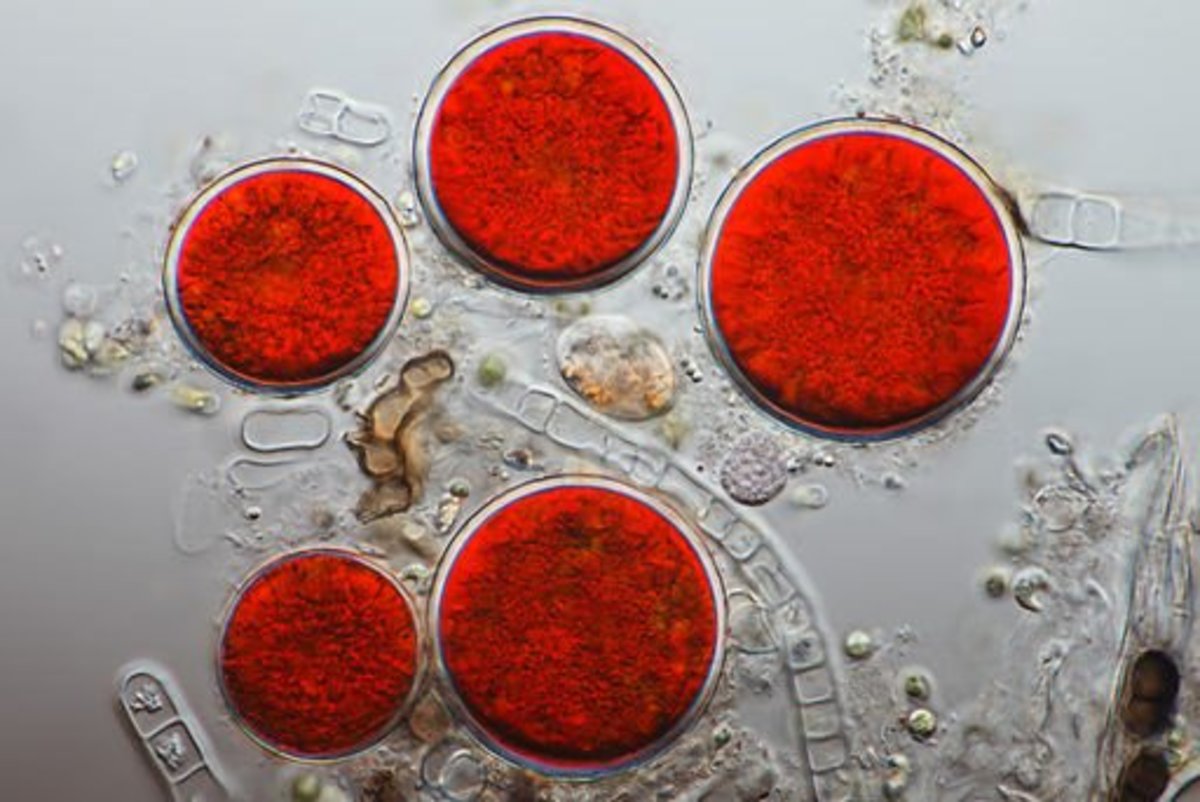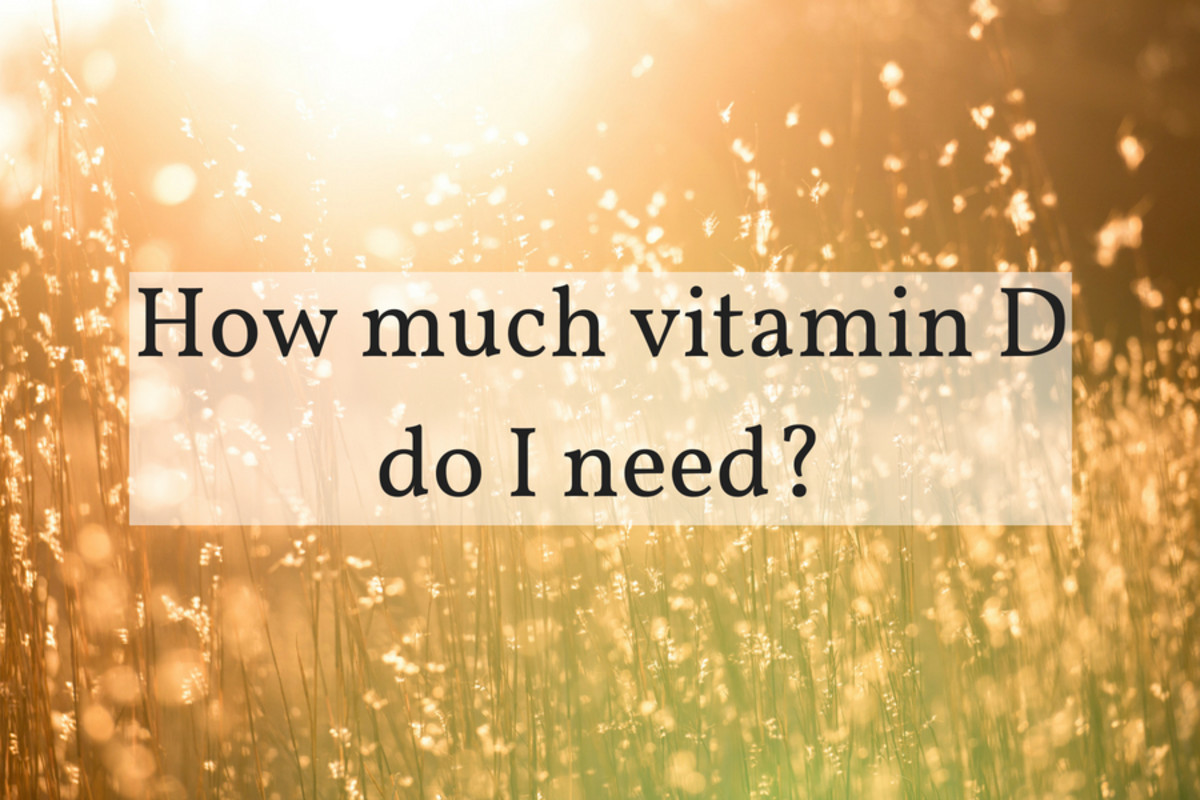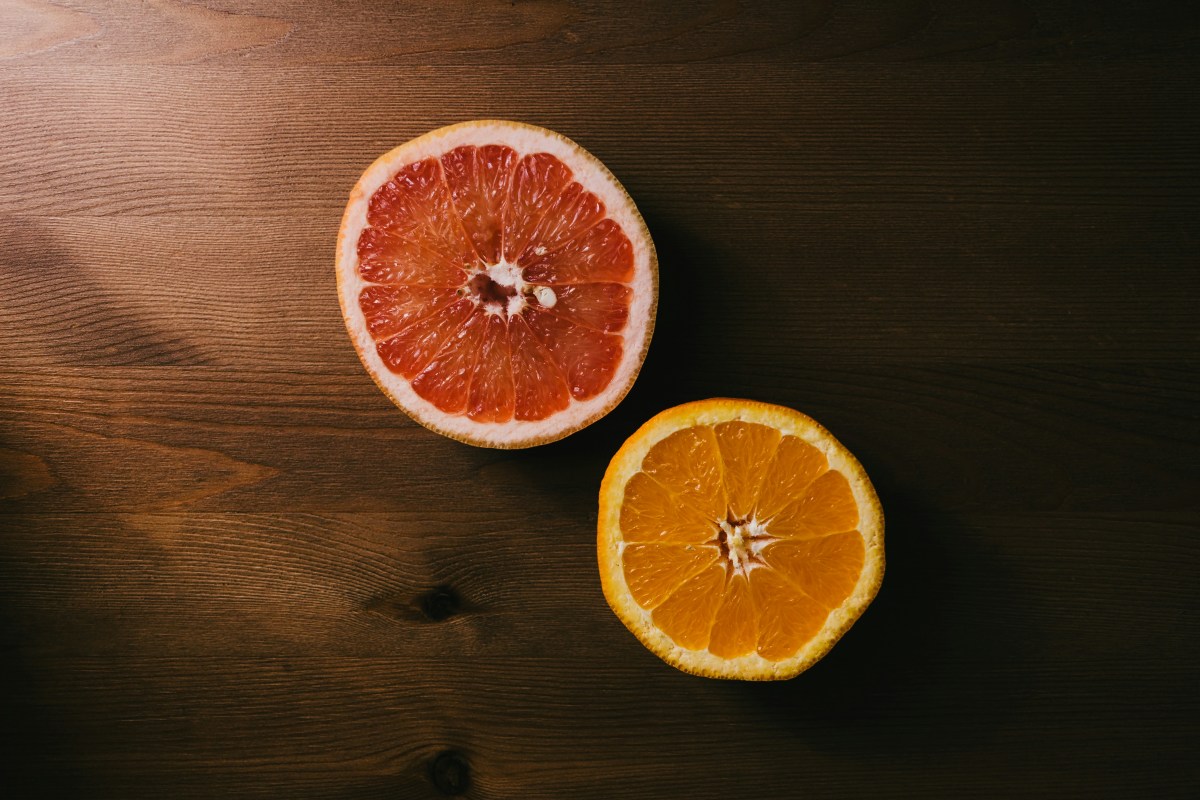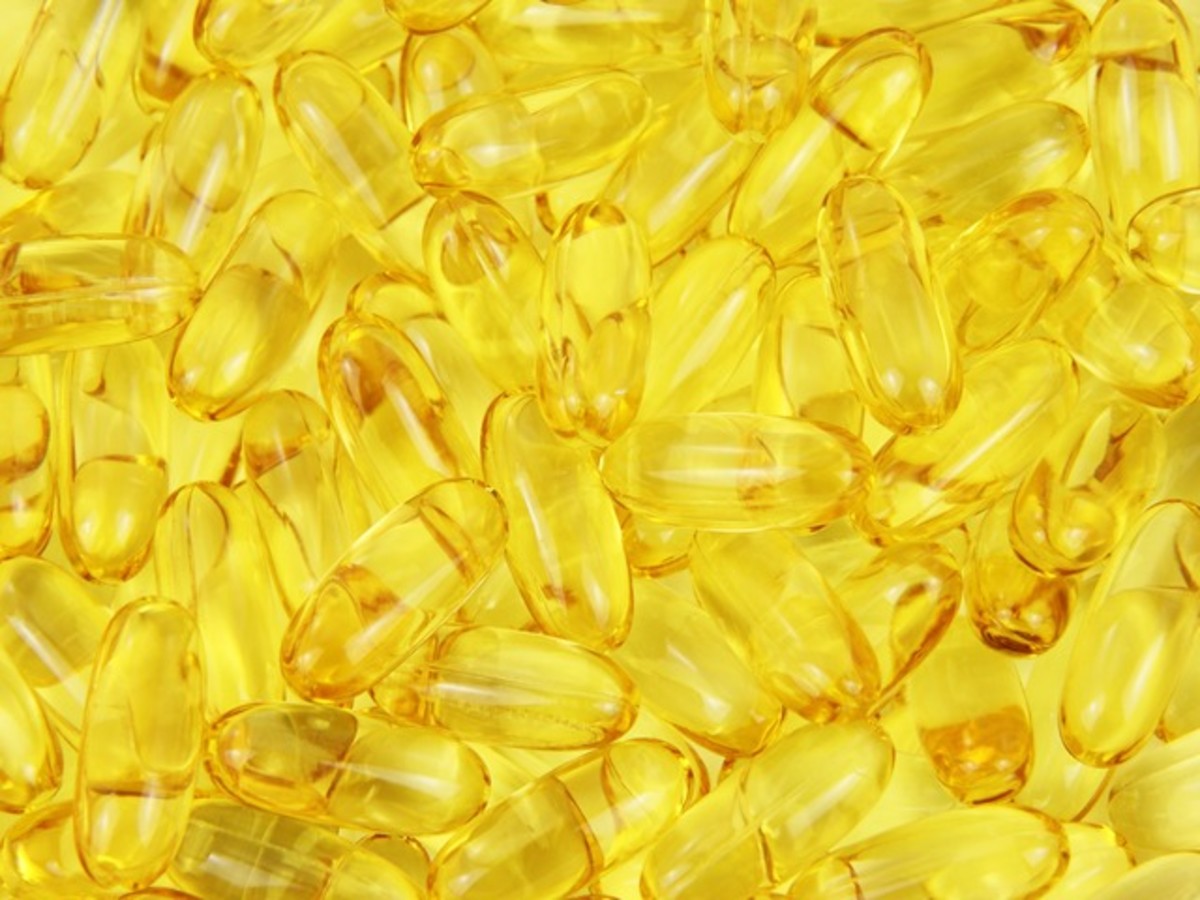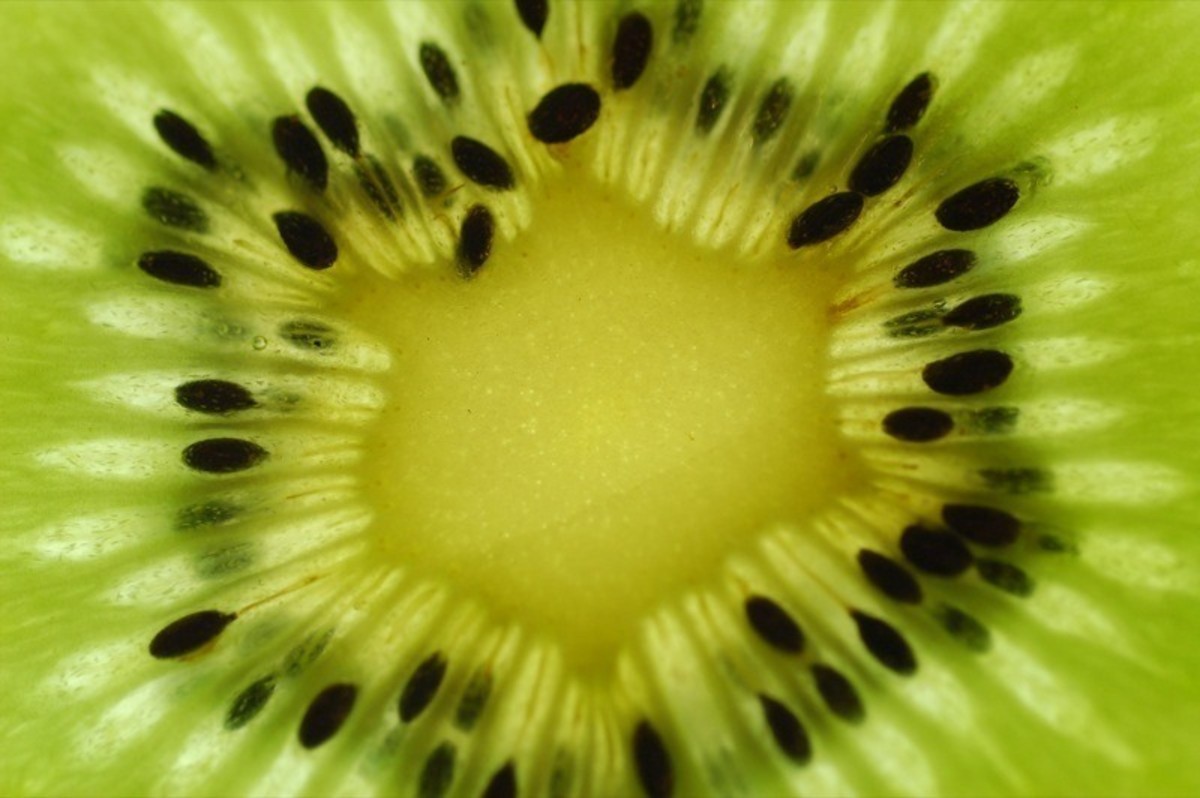Vitamin C Benefits and Foods High in Vitamin C
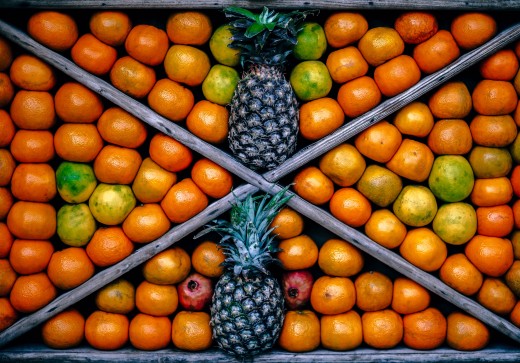
Vitamin C Is a Powerful Antioxidant
Vitamin C (also called ascorbic acid) is found in most vegetables and fruits. It’s a water-soluble vitamin and cannot be stored in the body. Unlike most plants and animals that can produce their own vitamin C, the human body doesn’t generate it, so we need a constant supply of it in our diet through food and other supplements.
Vitamin C is an extremely powerful antioxidant, it helps boost the body’s immune function, slow down or even prevent cell damage, prevent damages pollutants and toxicities do to our bodies and helps to maintain healthy body tissues. It’s a great help for the synthesis of collagen that makes blood vessels and body muscles strong, it’s also important to consume for healthy teeth, gums, proper growth and to heal wounds. So notice that vitamin C is a must have when recovering from exercise, it helps with muscle soreness.
Moreover, vitamin C is well-known for its capability to increase iron absorption, however, you should do it mindfully, as when taking more than 2000 mg of this vitamin per day can lead to iron toxicity in some cases.

More Benefits of Vitamin C
The highest percentage of vitamin C is found in the brain, so a lack of this vitamin deprives brain development. One study has shown that people who lacked sufficient amount of vitamin C had poor memories. And of course, developing brains are especially very sensitive to even small changes in vitamin C levels.
Another study has shown that if taking an adequate amount of vitamin C actually, it reduces chances of having a stroke. But it must be noted that there are a lot of other factors in play, for example, alcohol consumption, eating habits, exercise.
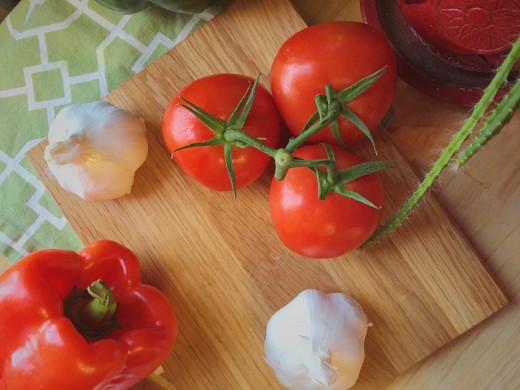
We are told to consume a lot of vitamin C when we have a cold or possibly prevent the incidence of it. However, repeated studies have shown it doesn’t help most of us. The effect of it reducing the incidence of cold is usually seen in athletes under intense physical training.
What if we don’t get enough vitamin C?
Deficiency of vitamin C is rare as it is found in many foods we eat every day. Such disease as scurvy was common ages ago and mainly among seamen who had no opportunity to eat fresh fruits and vegetables for months. Today it’s not a problem, but not getting enough of this vitamin may lead to anemia, dry and splitting hair, poor wound healing, bleeding gums, infections and some other diseases discussed early here.
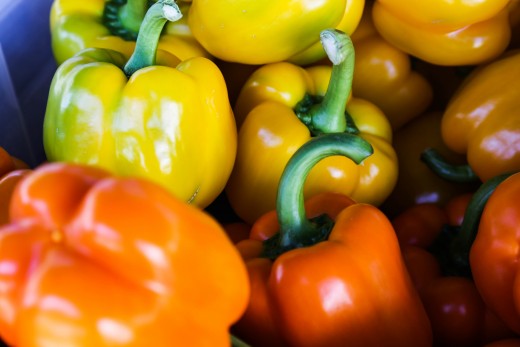
The signs of a vitamin C deficiency
Vitamin C deficiency symptoms include fatigue, muscle aches, and weakness, leg rashes, bleeding gums.
How much vitamin C do we need in our diet?
0-6 months old
| 40 mg/day
| |
7-12 months old
| 50 mg/day
| |
1-3 years old
| 15 mg/day
| |
4-8 years old
| 25 mg/day
| |
9-13 years old
| 45 mg/day
| |
Male teens 14-18 years old
| 75 mg/day
| |
Female teens 14-18 years old
| 65 mg/day
| |
Men (19+)
| 90 mg/day
| |
Women (19+)
| 75 mg/day
| |
Pregnant women
| 80-85 mg/day
|
Remember that people who smoke need additional 50 % (35 mg) of vitamin C every day.
People who have lower levels of vitamin C
- Smokers and passive smokers have lower levels of vitamin C in their blood and are at risk of vitamin C deficiency. These groups of people are advised to consume vitamin C up to 50% more than non-smokers.
- Infants given boiled/evaporated milk (but always check nutrition facts as a specific product to know whether it already comes fortified or not).
- People who do not have a varied diet.
- People with such diseases as cachexia, cancer, kidney failure, chronic hemodialysis.
What if we get too much of vitamin C?
Vitamin C is regularly flushed from our bodies, so it’s toxicity is usually seen very rare. Too much of it can lead to kidney stones or cause diarrhea.
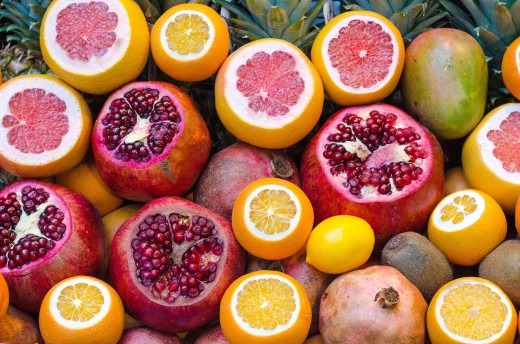
Foods High In Vitamin C
Foods
| mg of vitamin C per 100 grams
| |
|---|---|---|
1. Kakadu Plum
| 3100 mg
| |
2. Camu Camu
| 2800 mg
| |
3. Acerola Cherries
| 1677.6 mg
| |
4. Dried Herbs and Spices (Coriander)
| 566.7 mg
| |
5. Rose Hips
| 426 mg
| |
6. Guavas
| 228.3 mg
| |
7. Sweet Yellow Peppers
| 183.5 mg
| |
8. Blackcurrants
| 181 mg
| |
9. Fresh Herbs (Thyme)
| 160.1 mg
| |
10. Red Chili
| 143.7 mg
| |
11. Scotch Kale
| 130 mg
| |
12. Gold Kiwi Fruit
| 105.4 mg
| |
13. Broccoli
| 90 mg
| |
14. Redcurrant
| 80 mg
| |
Brussels Sprouts
| 80 mg
| |
15. Lychee
| 70 mg
| |
17. Elderberry
| 60 mg
| |
Persimmon
| 60 mg
| |
Papaya
| 60 mg
| |
Strawberry
| 60 mg
| |
18. Orange
| 50 mg
| |
19. Lemon
| 40 mg
| |
Melon, Cantaloupe
| 40 mg
| |
Cauliflower
| 40 mg
| |
20. Garlic
| 31 mg
| |
21. Grapefruit
| 30 mg
| |
Raspberry
| 30 mg
| |
Tangerine
| 30 mg
| |
Passion Fruit
| 30 mg
| |
Spinach
| 30 mg
| |
Lime
| 30 mg
| |
22. Mango
| 28 mg
| |
23. Potato
| 20 mg
| |
24. Pineapple
| 10 mg
| |
Tomato
| 10 mg
| |
Grape
| 10 mg
| |
Apricot
| 10 mg
| |
Plum
| 10 mg
| |
25. Banana
| 9 mg
| |
Carrot
| 9 mg
| |
26. Avocado
| 8 mg
|

